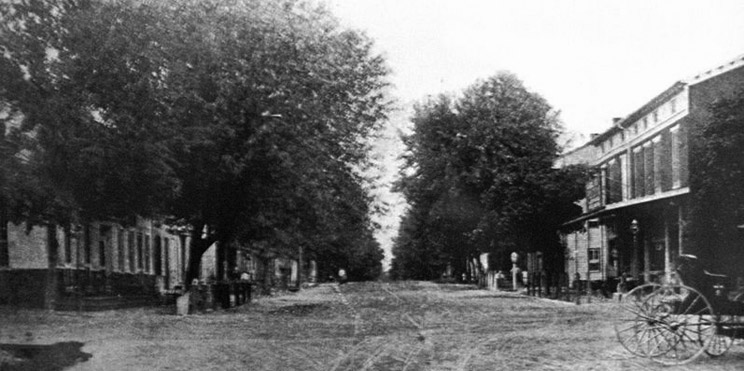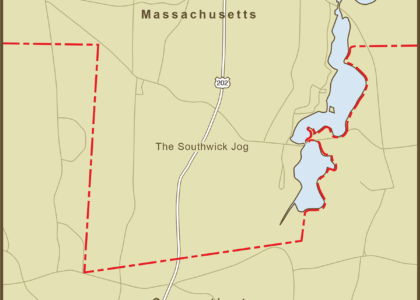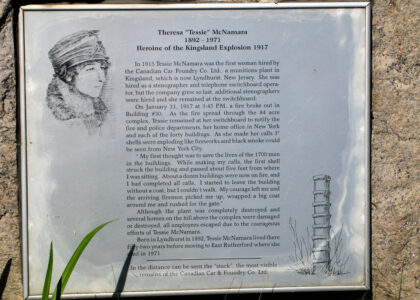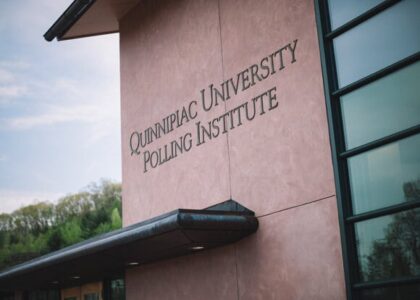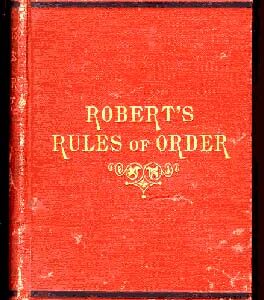Welcome to Manchester, Maryland, a town with a rich tapestry of history woven through its streets and buildings. This charming locale, located at the coordinates 39.661667, -76.888056, may seem like a quiet community today, but its past is filled with fascinating tales and pivotal moments.
The story of Manchester begins in the early 19th century. Founded in 1834, the town was originally part of Baltimore County before becoming a part of Carroll County in 1837. This transition marked the beginning of a new chapter for Manchester, setting the stage for its growth and development.
Manchester played a modest yet significant role in the broader historical context of the United States. As the nation expanded westward, the town found itself a part of the great network of trade and transportation routes. This was a time when the Baltimore and Ohio Railroad was making significant strides in connecting the eastern cities with the burgeoning western frontier. Although Manchester was not directly on the B&O line, the railroad’s influence was felt across Maryland, facilitating trade and movement of people, and indirectly benefiting towns like Manchester.
One of the notable figures associated with Manchester is Joseph M. Parke, a prominent local businessman in the 19th century. Parke was instrumental in establishing several key enterprises that spurred economic growth in the area. His legacy is a testament to the entrepreneurial spirit that helped shape Manchester’s identity.
As the 20th century unfolded, Manchester evolved from a rural farming community into a more suburban environment. This shift was a reflection of broader demographic changes as people moved away from urban centers in search of quieter, more spacious living conditions. Despite these changes, Manchester has managed to retain its historical charm, with several buildings and sites echoing the architectural styles of the past.
Today, Manchester stands as a testament to the enduring spirit of its community. While it may not be the center of major historical events, its story is a microcosm of American history—one of growth, adaptation, and resilience. Visitors to Manchester can enjoy a stroll through its historic district, where the past comes alive, offering a glimpse into the lives of those who walked these streets before us.
In closing, Manchester’s legacy is one of quiet strength and enduring community spirit. While the world around it has changed dramatically, Manchester has held onto its roots, offering a unique perspective on the American experience.


